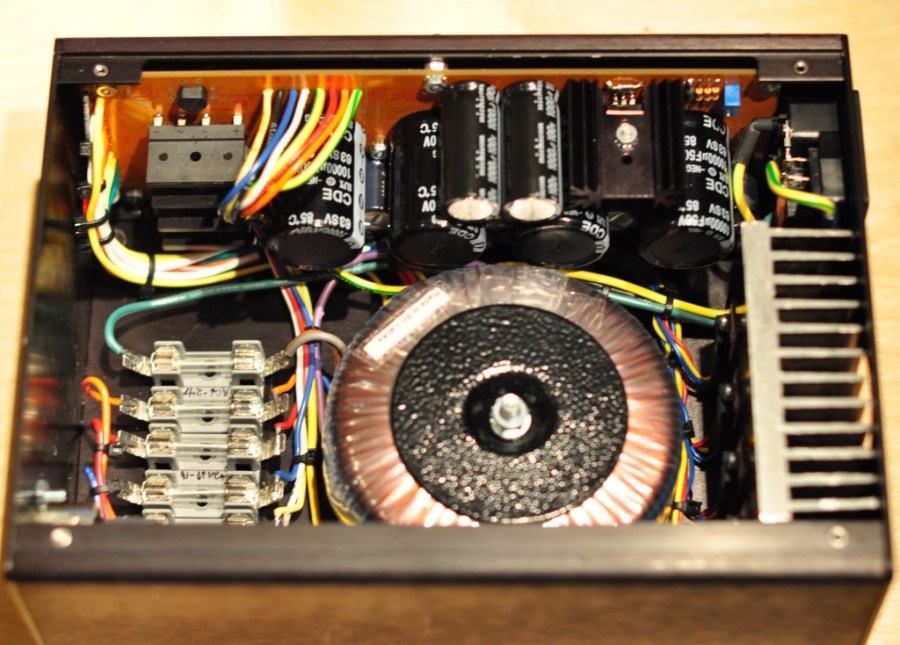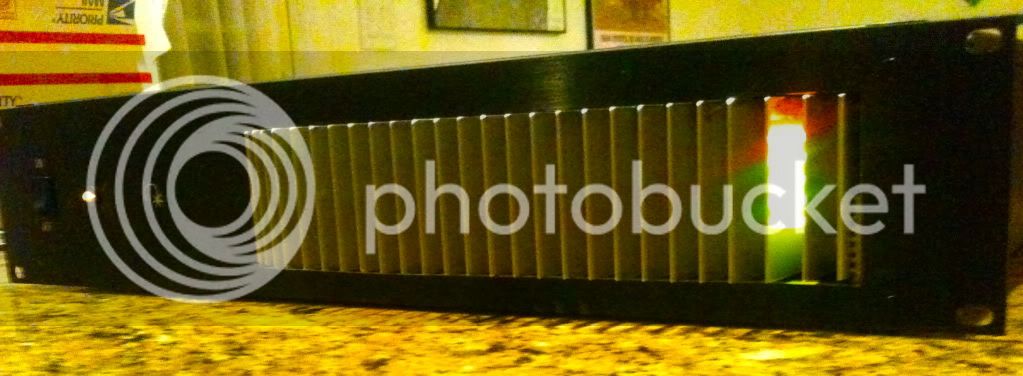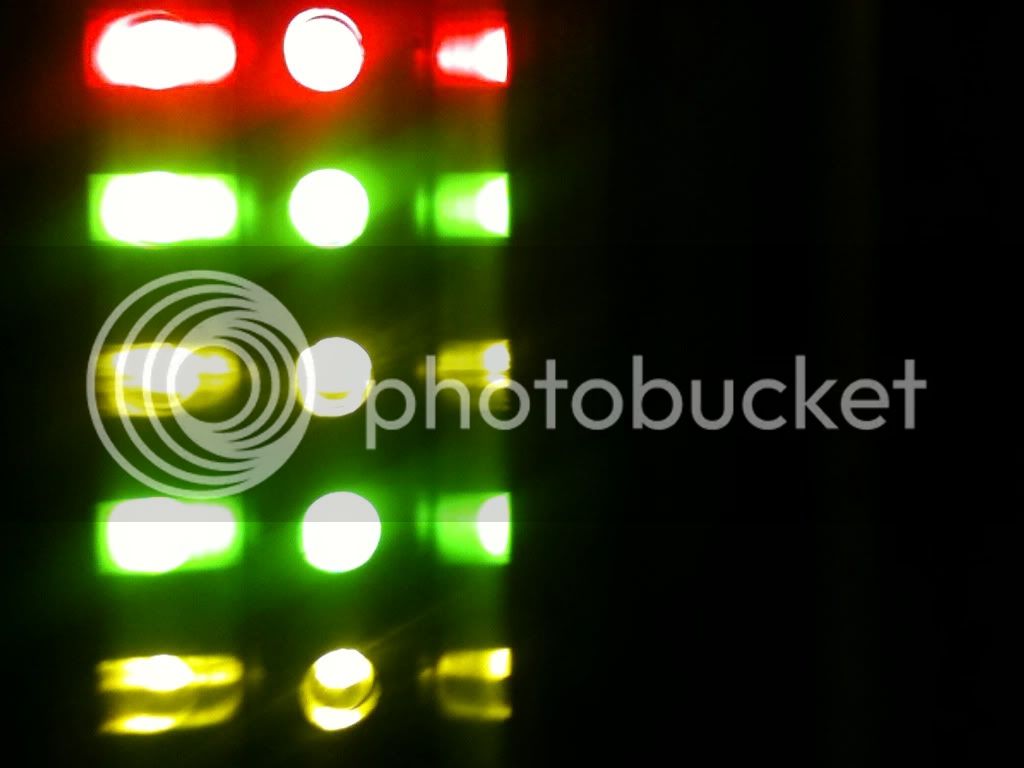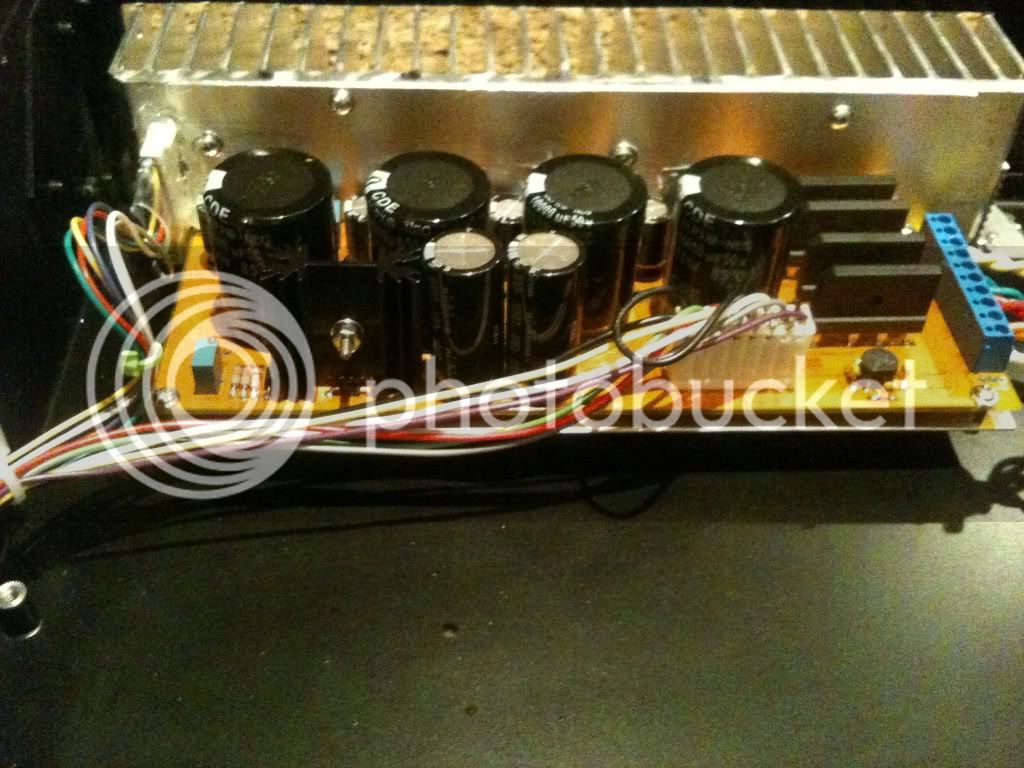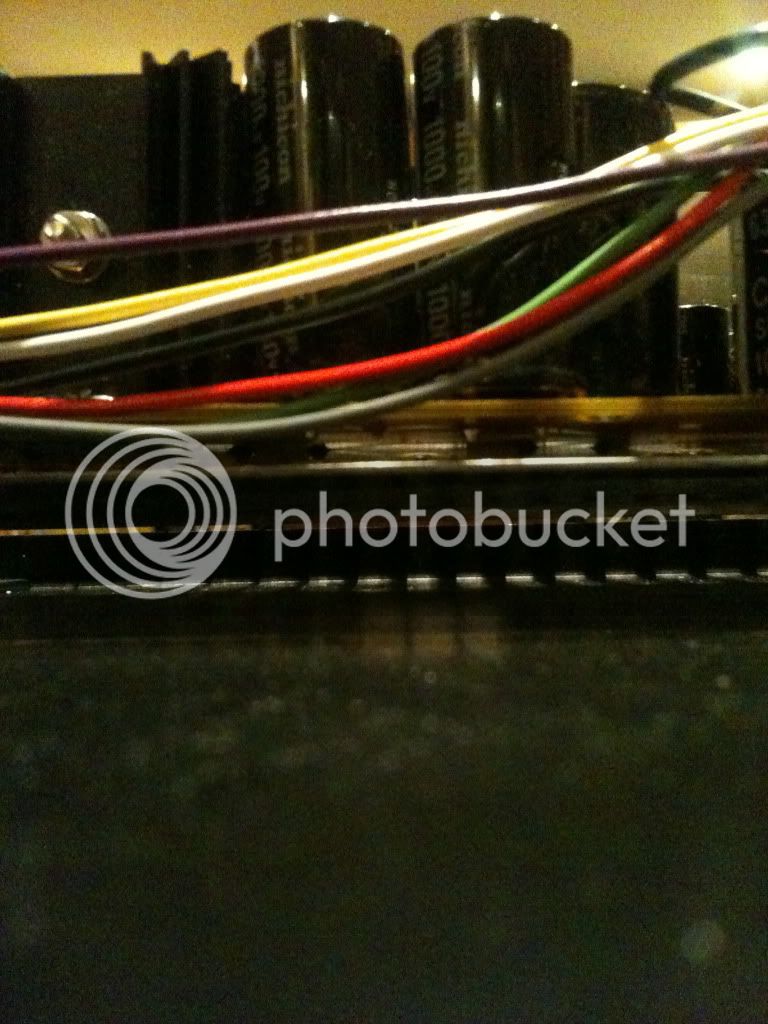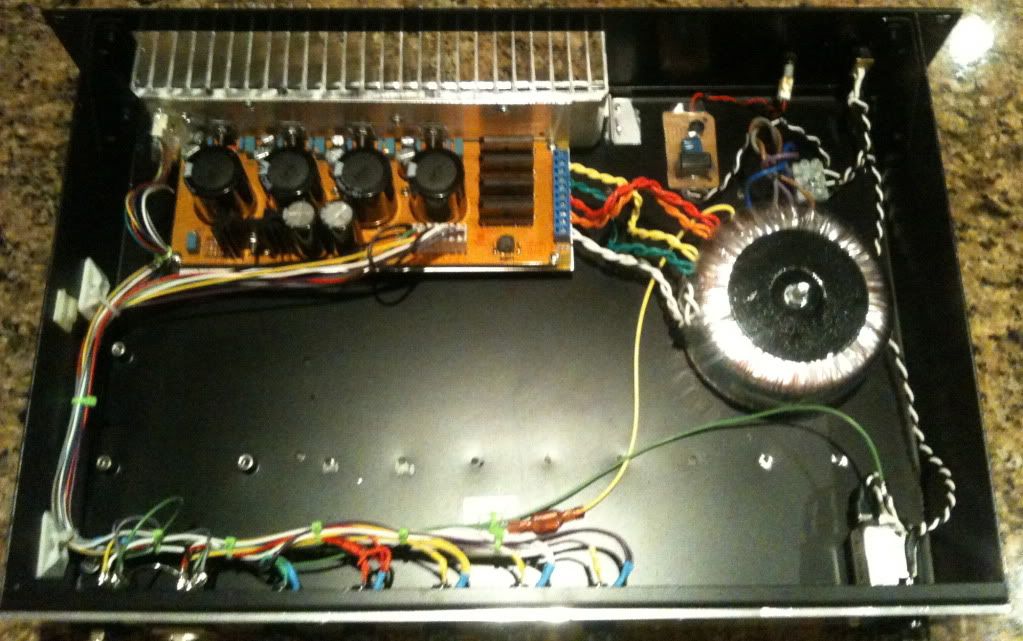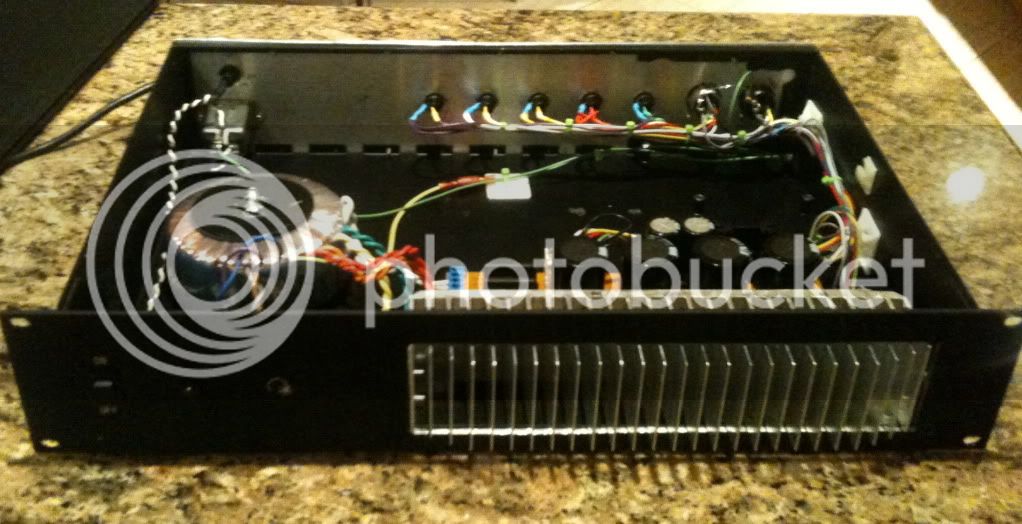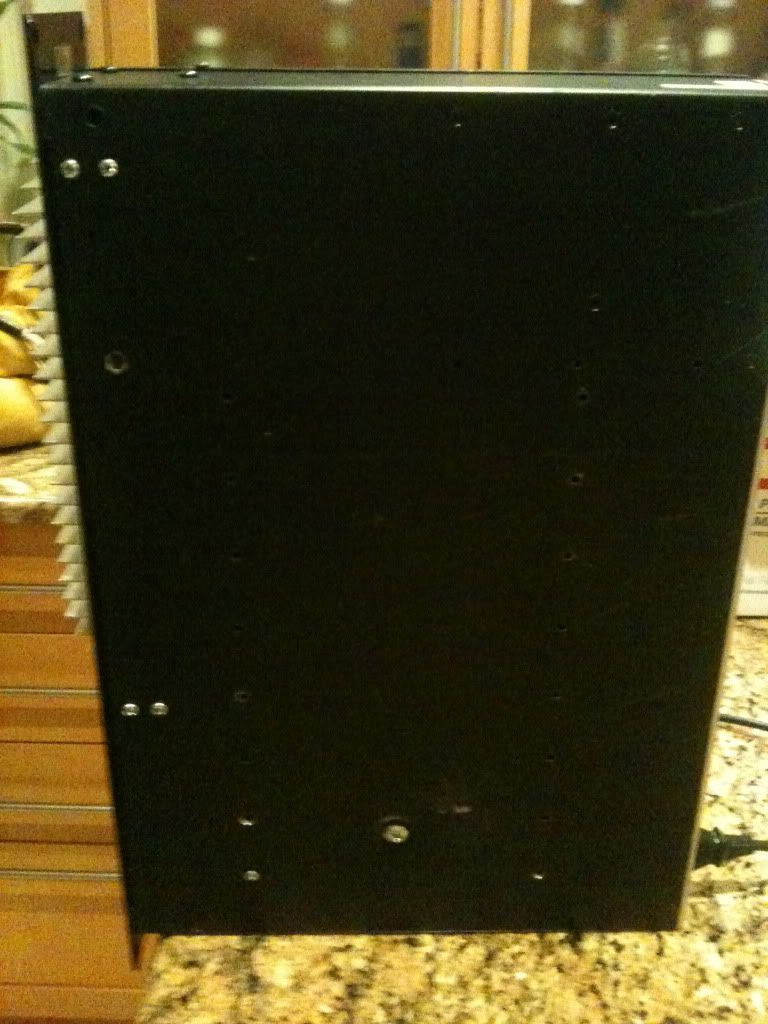I did a second supply using the DIY 51X PSU card, using what I learned on the first one. Thought I would put up some pictures. It is improved from my last effort, from what I learned doing that one.
This time, I mounted the PSU card to an L shaped aluminum plate, and screwed that to the heat sink, with heat sink compound. That way, I can get at the screws on the regulators and still use the nice mounting placement (along the edge) that Silent Arts did.
Also, because the 48 V regulator is at the back of the card, I floated the whole card and mounting plate about 1/2 inch above the bottom of the case, and mounted it to the heat sink. Then I left the heat sink well inside the case, so that there is a lot of airflow.
At this point, air can circulate completely around the PSU card, with a huge opening, and very little restriction. The heat on the main regulators should actually increase that circulation for the 48V regulator, with no fan. I can't wait to load it down and see how it does.
There are 2 outputs, in DIY-51x 7pin XLR format and API-500 5pin XLR format. Each LED is lit after the fuse (unlike my first attempt, which I need to rewire) so I can tell what happened if I lose a rail because a fuse blows.
The mains light is an LED with some old high voltage caps and a regulator I had lying around based upon t
http://www.marcspages.co.uk/tech/6103.htm, which is the way I did it last time too.
I have enough power now, but if these boards ever get made again, it could be really easy if they had:
1) fuses on board, before the LED mount points.
2) Regulators all on one edge, and lined up so you could get a screwdriver on the heatsink without hitting a big cap.
If that was the case, these would be a breeze to assemble, and cool. They would have to be a bit longer of course, but they would still fit fine in a 19" rack.
(Mr Arts et. al. please take no offense, these are beautiful cards and a really nice project, thanks so much for doing them.)
Case is re-used, and the LED's, heatsink, 1 xlr, mounting brackets, and various components.
Like last time, with this great board, it all worked the first time I turned it on, just a little trimming of voltages. I still need to get a few of flat head 6/32 screws for bottom of the case, so it won't scratch the adjacent component, but it is all up and working.
Front looks slick, lights indicate +48,+24,-24,+16,-16 in that order, top to bottom.
Close up between the fins.
Board mounts to an L shaped aluminum plate, which bolts to the heat sink with compound between. Floats above the case floor for circulation.
Here is a shot, with my iphone, under the board so you can see the vent area. You are looking at the back of the face plate, but there is almost 2 inches of space between that and the back of the fins, and so you can blow a gale through there really easy, top and bottom.
Case is layed out better than my last one, because I built a new front and back panel, so I could orient them correctly to keep the Toroid away from everything else (distance is nature's mu-metal).




